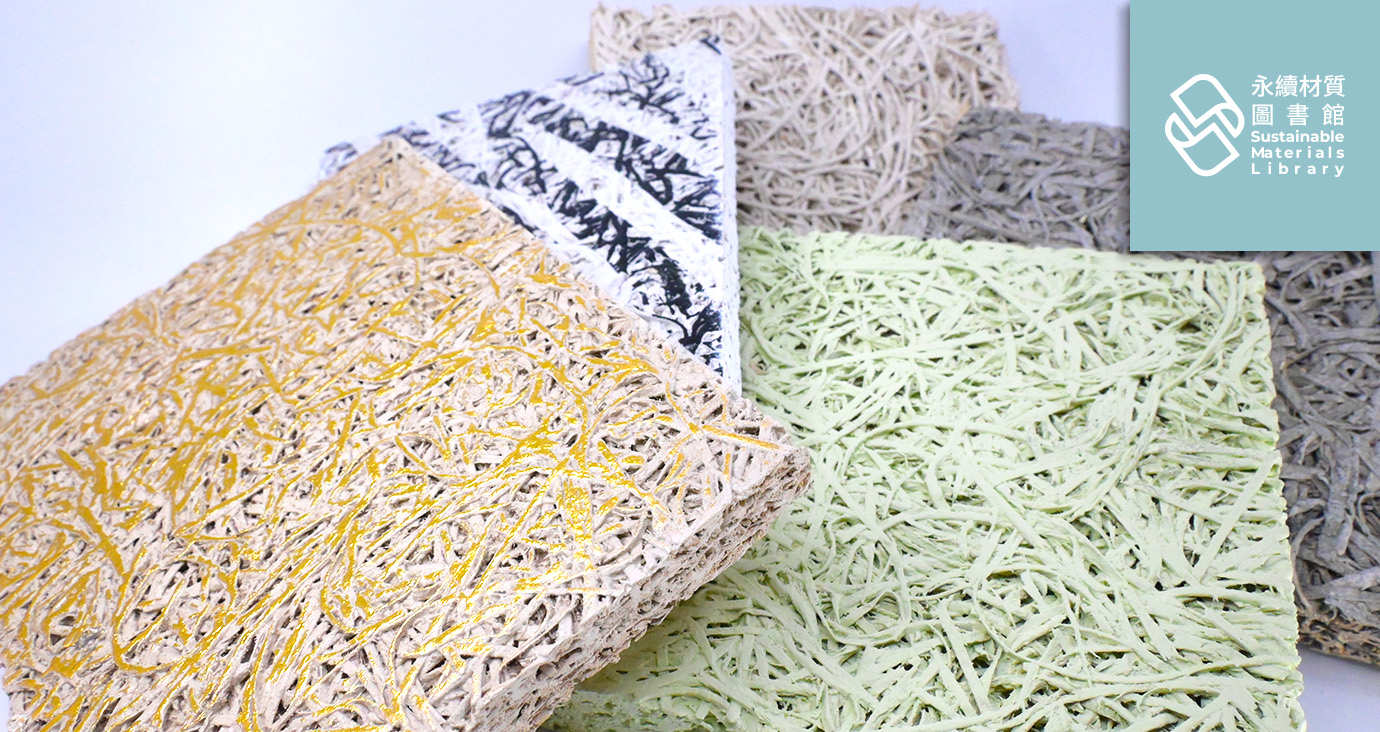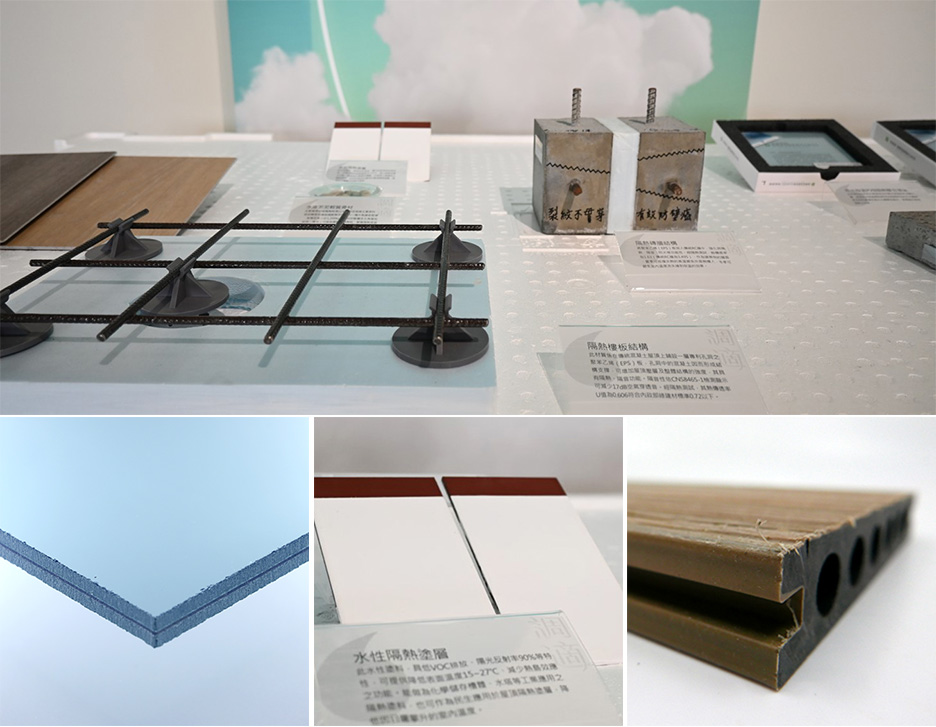Jan 03, 2024

The Greenhouse Gas Emissions and Environmental Impact Caused by the Construction Industry (Construction + Building)
In 2015, the United Nations announced the "2030 Sustainable Development Goals" (SDGs), with Goal 11 focusing on "Sustainable Cities and Communities," aiming to construct cities and villages with inclusive, safe, resilient, and sustainable characteristics1. Countries like India incorporate traditional methods in vernacular architecture, Singapore shifts its building orientation to dissipate the heat island effect, and Germany focuses on holistic environmental cooling through naturally ventilated cities. These examples showcase a fresh perspective on the crucial role the construction industry plays in building a sustainable future. In Taiwan, with an average hot and humid climate and a highly concentrated population, relevant adaptation measures in construction design become even more crucial.
However, even with excellent construction designs, it is crucial to address the current societal concern of greenhouse gas emissions. According to a 2021 study compiled by the United Nations Environment Programme (UNEP), the construction industry accounts for 37% of global greenhouse gas emissions, surpassing even the combined emissions of the industrial and transportation sectors (see Figure 1)2. This data indicates that if the construction industry plays a significant role in reducing greenhouse gas emissions, there is a greater likelihood of achieving the goal of limiting the temperature rise by increasing the extent of temperature to below 2°C by 2050.
.png)
Figure 1: Proportion of Global Energy and CO2 Emissions from Buildings and Construction Industry, 2020
The Sustainable Materials Library collects construction materials with adaptation benefits internally
Imagine you are building a safe, sturdy, comfortable home that can accommodate family members, what would be the fundamental elements inside? Firstly, you'd need a solid foundation, followed by supporting beams and columns, walls to protect against external disturbances, and a roof to withstand the sun and rain. It's ideal to have windows for a view, along with curtains. The next steps would involve installing doors, painting, and gradually furnishing the space. According to a research report commissioned by the Ministry of the Interior's Institute of Architecture in 2019, the construction of infrastructure most directly impacting energy and carbon emissions occurs during the material manufacturing stage (including A1 material extraction, A2 material transportation, and A3 material manufacturing)3.
For the construction industry to achieve the ideal of low-carbon or even net-zero buildings, efforts must be made to identify slow-down opportunities during the material quality phase of the life cycle. The decisive stage in material selection often occurs during the product development period. To expose the industry to a broader range of environmentally friendly materials, the Sustainable Materials Library categorizes materials into seven major groups. The aim is to create a database with the vision of building a sustainable ecosphere. Among the products included in the library is the wood wool cement board series4 produced by CHUNLYN WWCB TECH CO., LTD, which contributed to this initiative.
.png)
Figure 2: CHUNLYN WWCB TECH CO., LTD Official Website
Two historically significant materials in construction are wood and cement. Chunlyn Building Materials uses wood obtained from thinning operations, shaping it into wood fibers. These fibers are then combined with Portland Cement as a binding agent for biomineralization, resulting in a porous structure and inorganic resistance to pests in the wood wool cement board.
This board, certified with the Green Building Material label, is harmless to both humans and the environment. With outstanding thermal insulation performance and high durability, the wood wool cement board has become a popular choice for energy-efficient building insulation. Through practical testing, compared to regular concrete, the heat transfer rate of a single-layer wood wool cement board exterior wall is approximately 30% lower, demonstrating superior insulation effects and reducing reliance on air conditioning. The Bureau of Energy, MoEA also mentions that by raising the indoor air conditioning temperature by just 1 degree, energy consumption can be reduced by 6-9%. In addition to its insulation effect, the wood wool cement board retains the smooth texture of wood, and its appearance can accommodate moisture and excess sound waves. This makes it a solution for addressing the challenges of humidity control and sound absorption in spaces, and it is now being used in various settings such as exhibition halls, stations, and offices.
.png)
Figure 3: Thermal Insulation Comparison Chart of the Wood Wool Cement Board
(Source: Chunlyn Wood Wool Cement Board Official Website)
In addition to selecting sustainable materials, the Special Exhibition Area of the Sustainable Materials Library also includes applications with adaptive benefits. One example is the use of nano-ceramic added to the PVB interlayer in nano-ceramic PVB insulated laminated glass, also known as Gresden Glass. This glass provides indoor thermal insulation and energy-saving effects by effectively blocking 80% of infrared radiation heat (IR) and 99% of destructive ultraviolet radiation (UV) from entering the interior while maintaining good transmittance. Another featured application is the water-based heat-insulating coating that can effectively lower temperatures by 15℃-27℃. With a sunlight reflectance rate of 90%, it can be applied to the surface of chemical tanks, preventing overheating caused by sun exposure and reducing the release of volatile organic compounds (VOCs) and issues related to chemical instability. Additionally, there's the PE wood fiber imitation wood, considered the future of flooring. It is produced by blending recycled wood powder and recycled PE before using 3D printing to emboss and create a textured surface that closely resembles natural wood but is more durable. According to carbon footprint data, using recycled PE compared to virgin PE can reduce carbon emissions by approximately 60-90%.

| A | ||
| B | C | D |
A. "The Key to the Greenhouse: Climate Change Mitigation x Adaptation" Exhibition - Adaptation Area Product Display
B. Nano-Ceramic PVB Insulated Laminated Glass
C. Water-Based Heat-Insulating Coating
D. PE Wood Fiber Imitation Wood
Construction is not only about creating spaces for living beings but also about adapting to nature. With technological advancements, there are many low-carbon building materials to choose from. Achieving sustainable circular principles relies on mechanisms that are established through policies, societal awareness, industry associations, contractors, researchers, designers, and individual consumer consciousness. These mechanisms need to interact and diffuse adjustments to address the future challenges posed by climate change. With more partners joining, meaningful changes are likely to occur more rapidly.
References:
1. https://futurecity.cw.com.tw/article/1294 SDGs目標11
2. https://www.unep.org/resources/report/ UNEP 2021-global-status-report-buildings-and-construction
3. https://reurl.cc/8NR394/建築材料碳足跡資料系統建置之研究